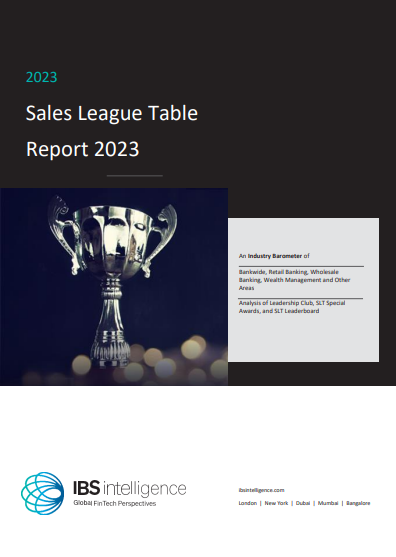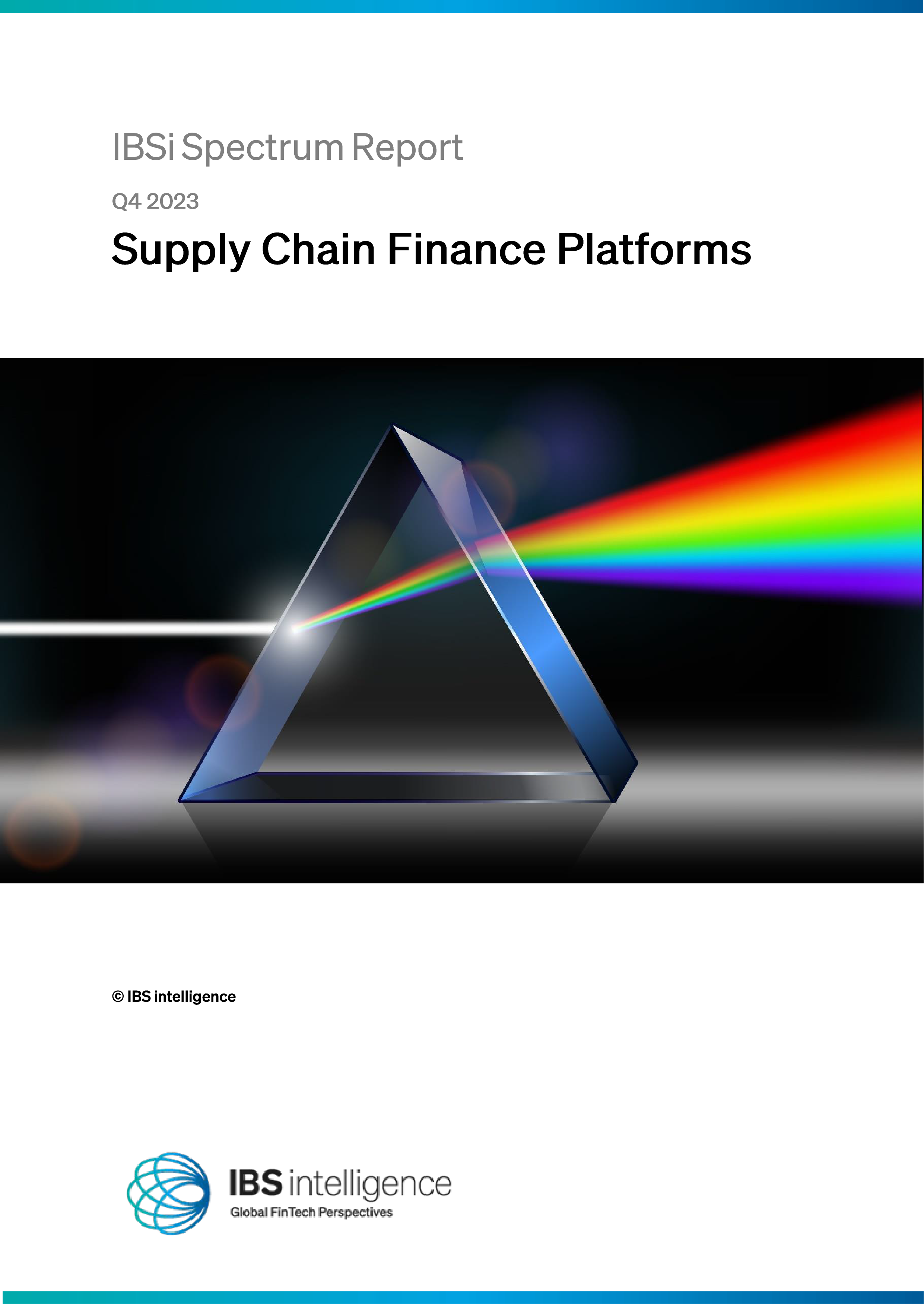 Back
Back
Faster credit processes thanks to low-code automation
Many banks turned to low-code automation to handle new government-backed lending programmes and the surge in demand that came with them. For the banks and financial institutions involved in processing stimulus loans, the volume of applications and complex administrative effort required has been potentially overwhelming.
By Herbert Schild, Industry Lead, Financial Services, Appian
By simplifying and automating loan processes, low-code can accelerate the time from loan application to disbursement, which could be a lifeline to businesses. Low-code automation technology allows financial institutions to create applications quickly and integrate them seamlessly into existing systems.

If a new lending scheme, regulatory or loan criteria change comes in, applications can be flexibly adapted at any time and at pace. Applications developed on a low-code automation platform can be deployed immediately and used across devices. Whether in the cloud, on-premise or as a hybrid, a low-code automation platform should comply with the highest security standards. This allows bankers and mortgage advisors to work on a loan at any time and from any location with data privacy and information security. The pandemic and associated lockdowns changed work culture as we know it. Enabling employees to work from home with sensitive data in a secure, flexible way has never been more important and it is the way of the future.
Robotic Process Automation (RPA) for routine, repetitive tasks
RPA or even digital loan applications are still relatively underused in the banking industry, despite available options and potential to add value. One can automate rules-based daily routines such as data entry and updates across systems, freeing employees from repetitive tasks so they can take on new and more strategic work. In addition, RPA reduces risk and human errors from manual data entry. Ultimately, data quality improves for faster and more accurate lending assessments.
In practice, banks also take an economic risk every time they add new customers. Complying with regulations like Customer Due Diligence (CDD), Know Your Customer (KYC) and Anti-Money Laundering (AML) screening is expensive and time-consuming. RPA speeds up the customer onboarding and compliance processes by automatically capturing, enhancing, and delivering precise data for faster loan qualification. This speeds up the application process, and leads to faster,more reliable approvals.
Risk management, Artificial Intelligence (AI) and Intelligent Document Processing (IDP)
The promise of AI remains alluring yet still seems out of reach for most practical technology implementations. However, the reality is within grasp. AI can support financial institutions in a variety of ways, including quick loan programmes, from processing applications to issuing funds. Intelligent AI systems can identify multiple applications from the same borrower or from a non-existent company, thus playing an important role in risk and fraud detection and prevention. Based on internal information from credit decisions and customer repayment behavior, as well as external data sources such as credit scores, AI can recognise patterns to assess new loan applications. Such information can help determine the creditworthiness of the potential new or existing customer for faster loan decision.
AI does more than provide value on risk management. Intelligent Document Processing (IDP) technology takes unstructured data in PDFs and other documents, converts them into structured data to help systems process them. Machine learning and AI technologies are combined and supplemented by employees, if necessary. This combination of people, technology and data enables lenders to concentrate on what’s important in issuing stimulus loans without being slowed down by tedious data entry and analysis.
When time is of the essence, low-code automation has the advantage
Governments have introduced various stimulus lending packages but many banks struggle with processing loan applications quickly enough to help keep businesses afloat during the pandemic. Processes that can’t keep up with change or require lots of manual intervention to adapt are substantial barriers. The adoption of a low-code automation platform has enabled credit institutions across the world to react quickly to change and advance digitisation.
RPA, AI, IDP and data integrations on a low-code development platform, empowers change – fast. Banks and financial institutions can adapt to the circumstances and growing demand, as well as automating manual and complex processes to improve effectiveness, manage risk, increase customer and employee satisfaction. These are crucial to succeeding in today’s decentralised work environment.
IBSi News

April 24, 2024
Anti - Money Laundering
6 FinTech funding rounds reported in APAC in April 2024
Read More- Daily insightful Financial Technology news analysis
- Weekly snapshots of industry deals, events & insights
- Weekly global FinTech case study
- Chart of the Week curated by IBSi’s Research Team
- Monthly issues of the iconic IBSi FinTech Journal
- Exclusive invitation to a flagship IBSi on-ground event of your choice
IBSi FinTech Journal

- Most trusted FinTech journal since 1991
- Digital monthly issue
- 60+ pages of research, analysis, interviews, opinions, and rankings
- Global coverage
Other Related Blogs
April 18, 2024
From experimentation to business value: four ways GenAI can transform financial services
Read MoreMarch 21, 2024
Full speed ahead for sustainable finance: the year of regulation and Gen AI
Read MoreRelated Reports

Sales League Table Report 2023
Know More
Global Digital Banking Vendor & Landscape Report Q1 2024
Know More
Wealth Management & Private Banking Systems Report Q1 2024
Know More
IBSi Spectrum Report: Supply Chain Finance Platforms Q4 2023
Know More
